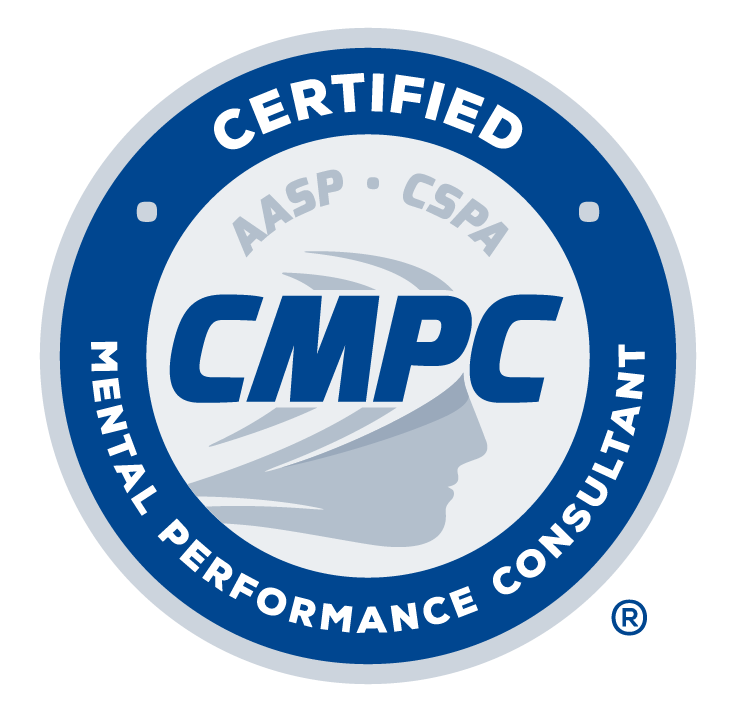Your Words, Your World: How Self-Talk Shapes Your Reality

Published
“As you listen to the thought, you feel a conscious presence – your deeper self – behind or underneath the thought, as it were. The thought then loses its power over you and quickly subsides because you are no longer energizing the mind through identification with it. This is the beginning of the end of involuntary and compulsive thinking.” — Eckhart Tolle
Have you ever caught yourself speaking out loud when no one is around? If you think about your favorite vacation and replay each day in your mind, do you hear an internal narrator guiding the story? Or, on the last minute of a tough run, do you hype yourself up to push through the pain?
These are all examples of self-talk. This concept refers to the things we say to ourselves, both internally and aloud. However, self-talk is more than just the words we choose—it’s the narrative reflecting how we see ourselves and the world around us. But, here’s a critical question: Is everything we say to ourselves accurately reflecting who we truly are?
The Narratives We Live By
If negative thoughts dominate and overpower us, how can we acknowledge their presence without letting them define us? To help athletes improve self-talk and use it for better performance and psychological well-being, they must first learn to distance themselves from their thoughts. Thoughts are temporary narratives, not unchangeable truths.
Creating Distance: A Mindfulness-Based Approach
Creating cognitive distance from our thoughts is central to Acceptance and Commitment Therapy (ACT). ACT is a mindfulness-based approach that focuses on accepting unwanted thoughts while committing to actions aligned with our values (Hayes, 2006).
ACT suggests that human language—the words, sounds, and expressions we use to shape our reality—is both a powerful tool and a potential source of suffering (Harris, 2006). On one hand, language enables us to plan, problem-solve, learn from the past, and imagine possibilities. On the other hand, it can deceive, scare, compare, judge, and criticize.
By identifying our thoughts, creating distance from destructive ones, and amplifying constructive voices, we have a path toward optimal well-being and performance.
The Internal Tape Recorder
Think of your mind as a tape recorder. From birth, it begins recording everything that shapes your identity and understanding of the world. Early on, the words, beliefs, and actions of those around you provide the foundation. As you grow older, the recorder keeps running, capturing your experiences and the voices of role models, peers, and mentors. These voices become part of the internal dialogue shaping how you see yourself today (Van Raalte et al., 2019).
Positive Tracks
During pivotal moments, the tape recorder captures especially vivid “tracks.” For example, after a challenging practice, a compassionate coach reminds you of your worth and inspires you to persevere. That moment doesn’t just pass—it becomes a recorded message, replaying during future challenges, “I can persevere through anything.”
Negative Tracks
The same is true for negative experiences. Imagine struggling to learn a new skill as a child, and instead of encouragement, you hear criticism: “Why can’t you get it right?” or “You are not good enough.” Your mind records this moment, too. Over time, it resurfaces, feeding a narrative that distorts your self-image in challenging situations: “I am not good enough for this.”
We Are a Collection of Voices
No single voice or narrative defines us. Instead, we are a collection of voices shaped by the people, moments, and roles that have influenced us. As Van Raalte et al. (2019) describe, these are “I-positions” or different perspectives we hold about ourselves in various contexts.
Think of each I-position as a character in your internal dialogue. Some characters are positive and motivating, driving you toward success. Others are destructive, judgmental, and reactive. The cast of characters dominating your internal dialogue often reflects your lived experiences and role models. Improving self-talk involves mindfully noticing your thoughts, identifying their sources, and choosing which voices to amplify or challenge.
How to Improve Self-Talk
Improving self-talk requires more than simply repeating positive affirmations found online. To feel authentic and meaningful, positive narratives must come from within. Here’s how:
- Work With a Certified Mental Performance Consultant® (CMPC): A coach or mentor can help you notice your wins and reflect on past successes. By identifying moments of resilience, skill, or growth, you can craft self-talk that genuinely uplifts and empowers you.
- Assess Your Thoughts: Even without a coach, you can start by assessing your self-talk. Journaling is an excellent tool for this process. Whether this involves a daily routine or a quick note on your phone, getting your thoughts on paper helps you become aware of your internal dialogue. As you journal, don’t just focus on goals and aspirations. Write about situations that evoke strong emotions. What thoughts accompanied those moments? Who might the “character” be behind those thoughts?
- Identify and Name Your Characters: Over time, patterns will emerge. For instance, before a match, you might consistently hear a voice listing everything that could go wrong. Naming this voice—perhaps “Judge Judy”—creates distance from it. Conversely, a voice encouraging you could be named after an inspiring figure like “Ted Lasso.” Naming these characters empowers you to choose which voices to amplify and which to challenge, ultimately reshaping your self-talk to support your well-being and performance.
Final Thoughts
Self-talk is not merely an internal monologue; it reflects the narratives we have absorbed and created throughout our lives. By recognizing our self-talk as a collection of voices and learning to distance ourselves from destructive narratives, we can reshape our internal dialogue into a tool for resilience, confidence, and success. So, whose voice will you listen to today? And what story will you choose to tell yourself?
References
- Harris, R. (2007). Acceptance and commitment therapy (ACT) introductory workshop handout. Psych Med.
- Hayes, S. C., Luoma, J. B., Bond, F. W., Masuda, A., & Lillis, J. (2006). Acceptance and Commitment Therapy: Model, processes, and outcomes. Behavior Research and Therapy, 44(1), 1–25. https://doi.org/10.1016/j.brat.2005.06.006
- Van Raalte, J. L., Vincent, A., & Brewer, B. W. (2019). Self-talk: Review and sport-specific model. Frontiers in Psychology, 10, 653. https://doi.org/10.3389/fpsyg.2019.00653
Share this article:
Published in:





